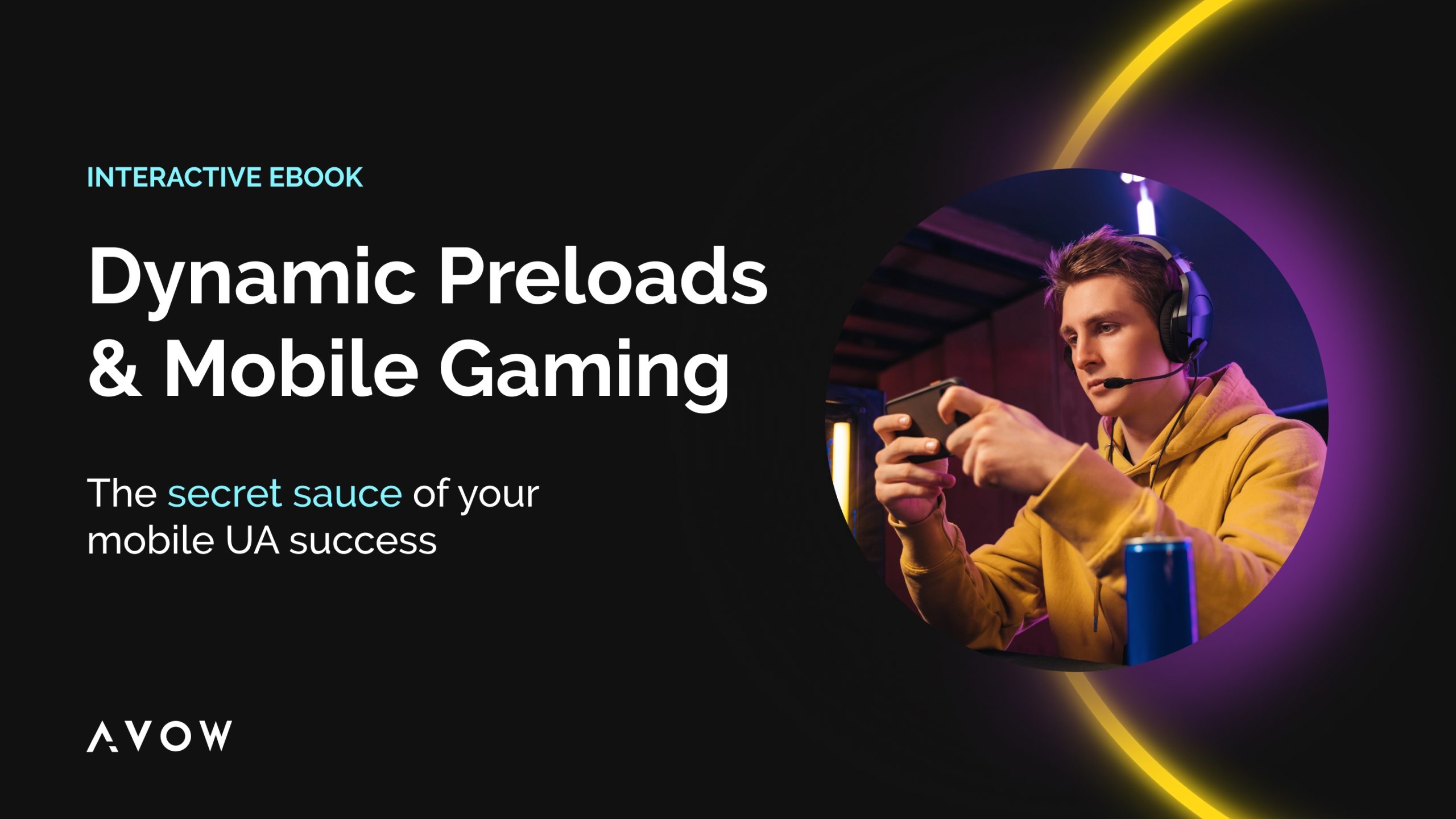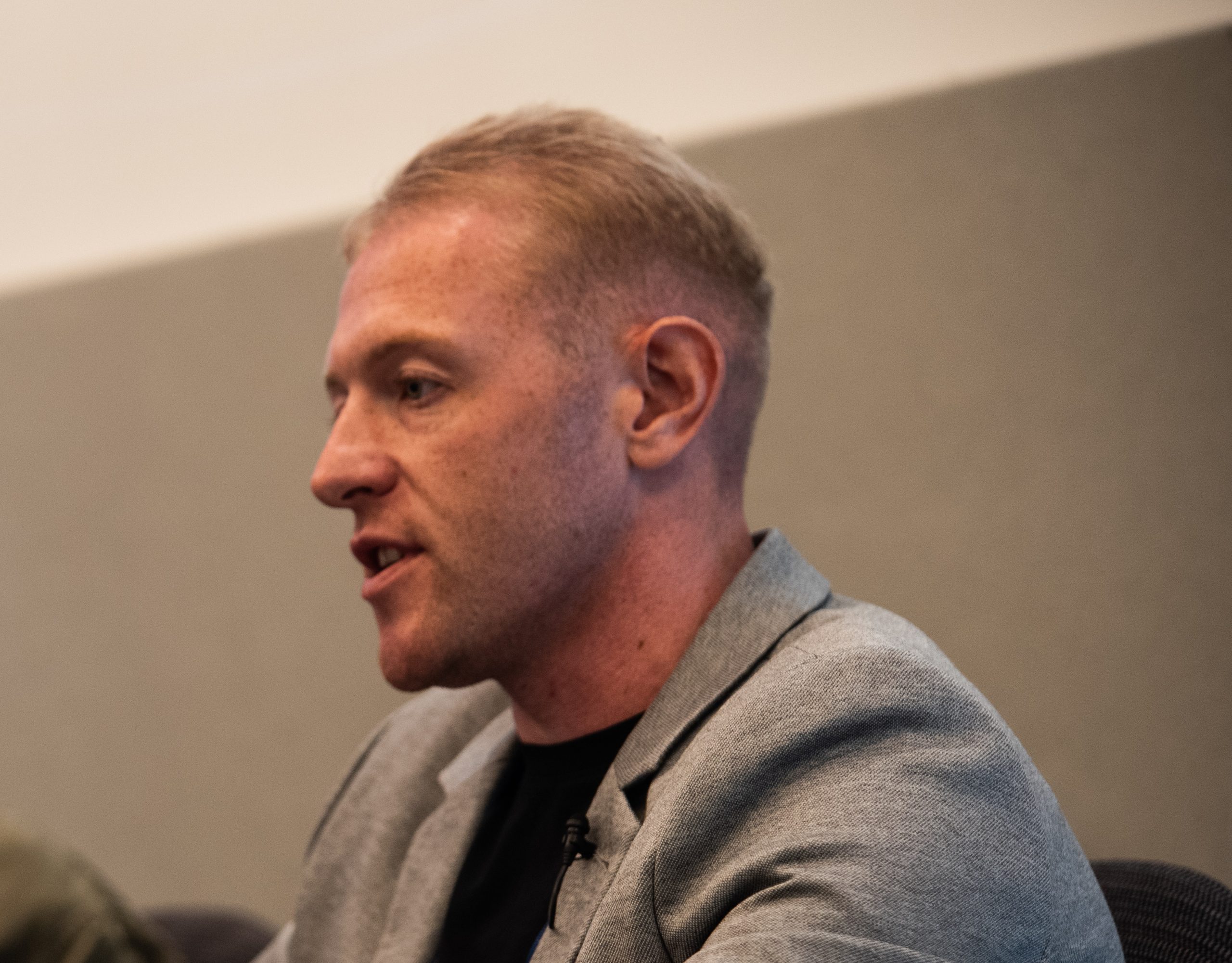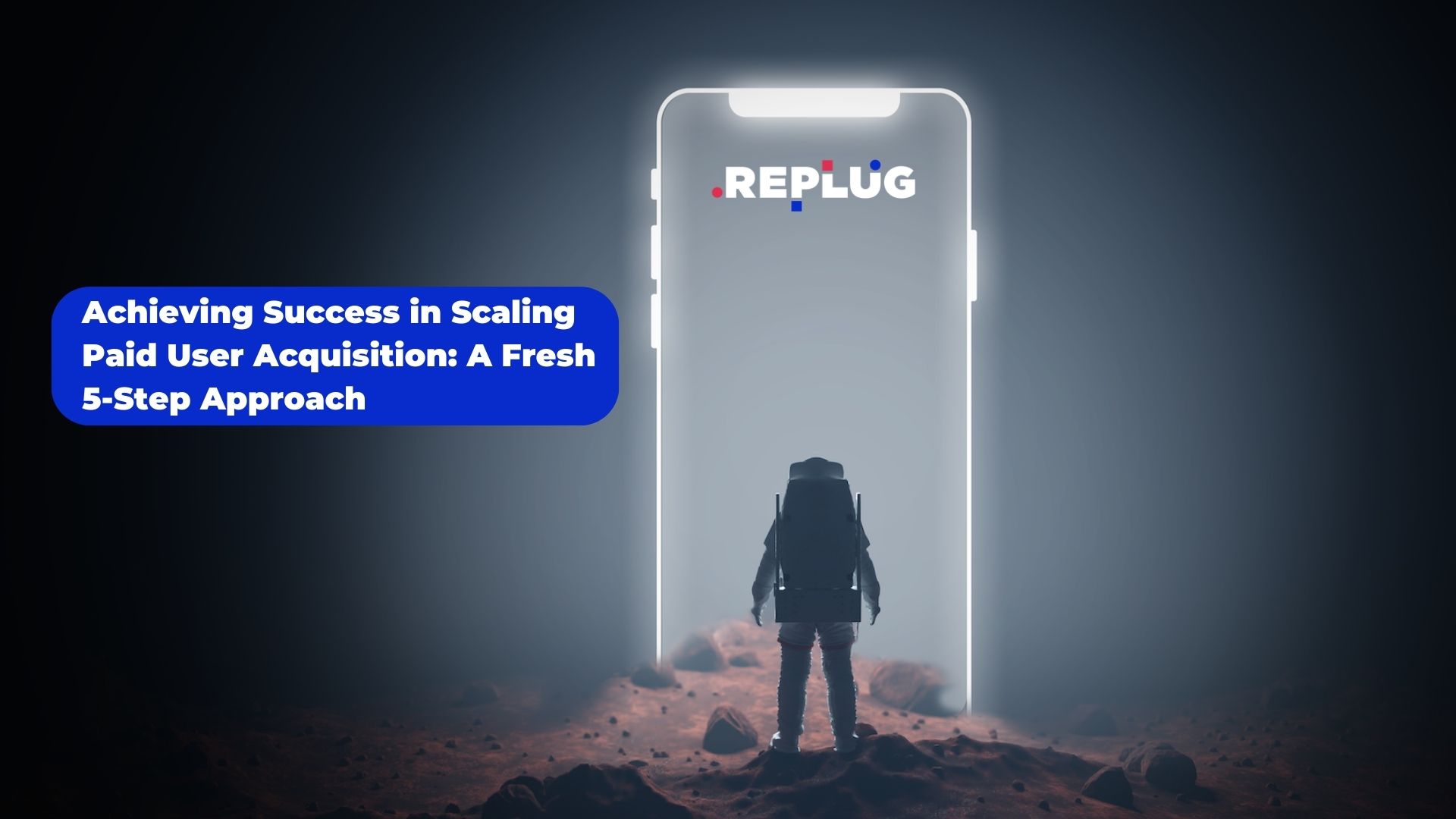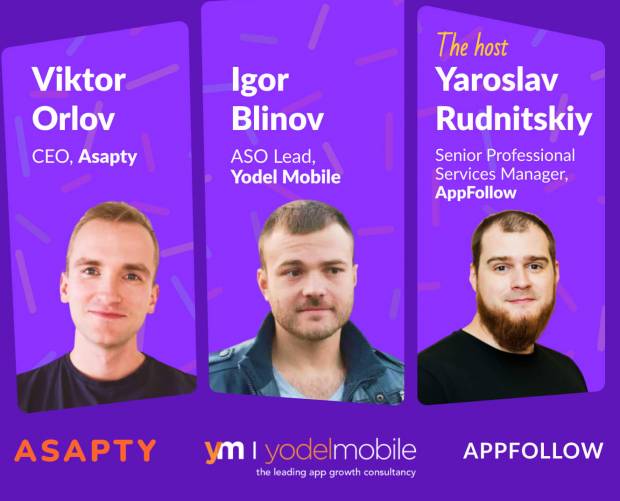Following the audience: Why brand marketers need to invest in mobile messaging
- Monday, September 23rd, 2019
- Share this article:
Cristina Constandache, chief revenue officer at Rakuten Viber, discusses the reasons why brands need to be connecting with their customers on messaging apps
 Let’s be honest, no one wants to pick up the phone. Whether it’s to chat with a friend or complain about terrible customer service, most people would rather send a message. It’s more convenient. It lets you think about what to say. And it’s more versatile – you can add web links, emojis, attach photos and so on. Is it any wonder that the amount of time we spend making calls is on the wane?
Let’s be honest, no one wants to pick up the phone. Whether it’s to chat with a friend or complain about terrible customer service, most people would rather send a message. It’s more convenient. It lets you think about what to say. And it’s more versatile – you can add web links, emojis, attach photos and so on. Is it any wonder that the amount of time we spend making calls is on the wane?
It’s vital that brands recognise this and adjust to consumer behaviour. While businesses might have been quick to jump on the social media bandwagon, they’re a lot less prepared when it comes to mobile messaging. Yet messaging is one of the most popular ways that people communicate. There’s a stark disparity between what brands offer and what customers want – according to recent research, 89 per cent of consumers want to interact with brands over messaging, but only 48 per cent of businesses are equipped to do so. As the study puts it: businesses call, people text.
So why are messaging apps so popular with customers?
They’re great for customer care
Social media is a great way to express yourself, and it can be useful for publicly shaming brands guilty of particularly poor customer service. But as a communications channel, it’s not ideal for customers looking to get their questions answered. There’s too much chatter, for one thing.
Messaging is all about utility, which makes it ideal for customer care. One-to-one communication is much more intimate and better suited for customers sharing potentially sensitive data when seeking an answer to their question. The primary reason any of us use messaging apps is to talk to somebody, be it friends, family, colleagues, and so on. As long as brands recognise this, and focus their communications on answering a customer need, it can be a vital way to answer customer queries quickly, easily and to-the-point.
They bridge the gap between promotion and transaction
That’s not to say brands can’t use messaging for promotion. Quite the opposite. Done right, messaging is a direct route to send customers customised and timely promotions. It’s a much more visible medium, too – 90 per cent of messages are read within three minutes, and 98 per cent will be read by the end of the day. Something to ponder next time you’re sorting through your junk mail.
Of course, brands need to use it wisely. They need to understand what their customers are looking for, and not just message them in-your-face advertising and hope for the best. Messaging is not just a promotional channel, and it never has been.
Coca-Cola is a great example of this. Here at Viber, we worked with Coca-Cola on a number of promotions. As you can imagine, it’s probably the least transactional brand on the internet, because no-one buys their Coca-Cola online. But it has been a real innovator in its use of chatbots, combined with how it uses offline promotions to bring people into the messaging app in order to redeem coupons and other types of promotions. It has also made real strides in how it feeds back additional content based on its customers’ preferences.
In one Christmas campaign, the chatbot experience was built around QR codes on the bottles themselves that the consumers scanned through the app to win prizes. But it also teamed with user-generated content. And because it was Christmas, Coca-Cola was encouraging customers to do good deeds and share them with their circle of friends. So, there was both a transactional and a promotional element, mixed in a very intelligent way.
Not only does this empower the consumer and give them a more compelling experience, it also generates great sales metrics, because you know exactly who redeemed what coupon and where from. It’s much more effective than just pushing a generic sales message and hoping for the best.
They’re personal
As we’ve seen, mobile messaging is a much more personal experience for consumers, but this intimacy is a double-edged sword: brands need to be careful of becoming too invasive. For example, if they address the consumer by their first name right from the first interaction without the customer expecting it, it can easily tip over from personal to intrusive. Think of it in terms of personal space: it’s the digital equivalent of an unwanted hug.
But with the right consent, mobile messaging is a very personal medium. That’s because it’s more of a one-to-one communication, as opposed to the one-to-many of social media (though Viber also has a Communities feature, which is one-to-many).
Of course, social channels allow you to send direct messages – which is one-to-one communication – but it’s a matter of perception and what users are used to doing on these different channels. It’s a question of ‘when you want to send someone a message, which app do you reach for?’ On average, consumers use three or four messaging and social media apps regularly, with each serving a different purpose. They might use one social channel for uploading photos, one for status updates, one for staying in touch with family, and so on. There’s no one size fits all.
It makes sense. When you need a problem fixed quickly, would you reach out to the clamorous racket of social media, or just message the brand directly? And if you had to share sensitive financial/account details, would you really do so on social media, where a single typo can mean you accidentally broadcast it to the world? Increasingly, consumers aren’t.
Banks are probably the least sexy companies you can think of, but they are very effective at using messaging apps to bridge the offline and online experience in a highly customised way. By bringing the users into a chatbot on Viber that is natively transactional, and by understanding the users’ needs, they can send out customised offers. No two users get exactly the same communication. It’s a much more personalised experience than just saying ‘you qualify for this loan’ when you know full well so does everyone else!
How personal you should be with the customer depends on what type of brand you are. But your one-to-one communications on a messaging app should be different in tone from those sent through social media channels. The companies that get it right recognise there’s a difference in tone between the different channels that they’re using. They tend to use different language, different creatives… it’s a different approach, and it requires a lot of careful thought to get right.
They give brands more control over their content
SMS is very convenient, but in today’s communications landscape, it’s very limited. You can only use 140 or 160 characters, it’s very expensive and it’s text-only. Messaging apps give you up to 1,000 characters, and you can add video and rich media, so it’s far more versatile. Users love this about them – just think how many messages you receive with emojis and gifs, for example.
It also gives brands much more control when it comes to chatbots, as chatbot messages don’t have character limits either. Of course, you probably shouldn’t send your customers a novel. But you’re not restricted in the same way as you are with SMS.
There’s another huge advantage of chatbots – you can track the steps a customer has taken within the chatbot, which can help you build future decision trees when it comes to deciding how to personalise its communications. It gives you a huge degree of flexibility and control over the type of content that you send.
They’re moment-based
Customers use messaging apps to talk to somebody, and when they do they want an instant response. They don’t want to email customer service and wait days for a reply, or to call them and have to tangle with a convoluted menu system, spending half an hour pressing buttons or SPEAKING REALLY CLEARLY into a speech recognition system. They expect an answer now.
This is what we mean by being moment-based. Using a messaging app is like having a conversation. If the person (or brand) you are talking to doesn’t respond, you feel like they’re ignoring you. This creates a lot of tension in the user experience.
The brands that really nail this UX know they have to offer support 24 hours a day, seven days a week. If a customer wants an answer in the middle of the night or in a different time zone, they should be able to get it. That’s the advantage of messaging apps – someone is always there, ready to help the customer. There are no opening hours to adhere to. Because the internet never sleeps…
They’re the new browser
Previously, if you were sent a promotional offer you would have to copy and paste the text from one app, paste it into your browser, find the product on offer, tap on it, then go through the whole transaction process, entering credit card details, and so on. Then if you wanted to share your purchase you would have to copy and paste the link or find the share button, go back to your messaging app and share it from there. So many clicks!
But today’s messaging apps integrate the purchasing process, making it native to the app. In Viber, we were able to integrate the shopping experience into the keyboard. It cuts out all those steps. Instead, you share items you want to buy with your contacts or buy something without ever leaving Viber.
And it’s not just consumer goods – it’s just as easy to book a holiday through a messaging app. Using a chat extension like Booking.com you not only find destinations and hotels, you can even personalise the search, all within the chat extension and without leaving the app.
We have taxi services and food delivery services where the whole experience happens on Viber. We’ve even had gyms where you could get a customised training programme all through Viber. It’s a much more native experience.
There’s also a lot of hype surrounding financial services and payment services, too. And it’s justified, because in markets where the big banks and financial institutions have a presence on Viber – mostly Asia, Eastern Europe and CIS – the usage and uptake is very impressive. Banks in the West are very behind when it comes to the customer experience. But they’re making huge efforts to modernise the banking experience.
They’re a perfect fit for the sharing economy
We’re living in the sharing economy – 61 per cent of our users will make a purchase when it’s recommended by one of their friends or someone in their social circle. Messaging is built around sharing and communicating, so facilitating this experience will be crucial for any messaging app that hopes to thrive in the future. We’ve made it simple to share your purchases and holiday bookings, but there are other exciting prospects on the horizon.
Music sharing services are in the very early days, but they show great potential – it’s a space we’ve seen a lot of interest in. The brands are not quite yet there in terms of streamlining the customer experience, but there is clearly an appetite for it.
They’re secure
Viber was built with end-to-end encryption by default, because customers’ privacy is the most important thing to us. That means that even if we wanted to access users’ private conversations, we can’t, because they’re not stored anywhere. Other companies were not built this way. Lots of them were built as social platforms, so now they’re playing catch-up (especially those that are under a lot of scrutiny from regulators). And when they say, “the future is private”, it rings a little hollow.
Messaging apps have so many advantages over other communication channels, and that’s before you add in the fact that they’re familiar (everyone knows how to send a text message). Consumers know this. It’s about time brands did too.
















